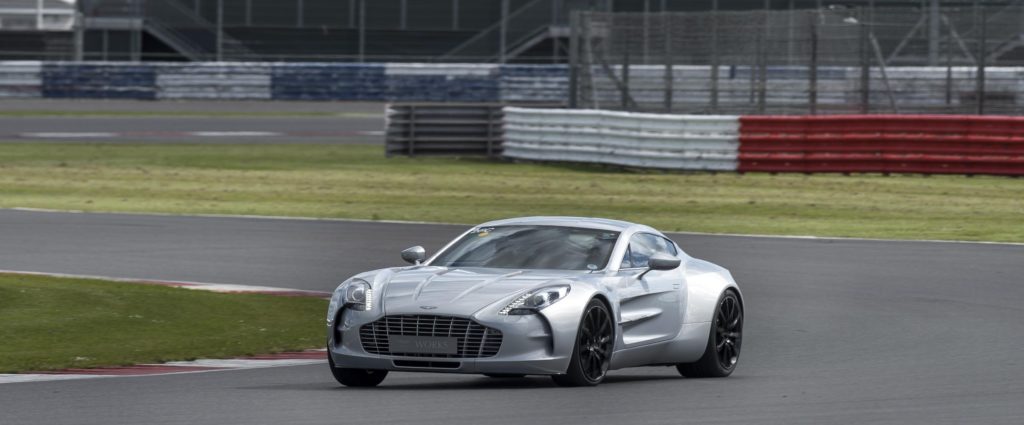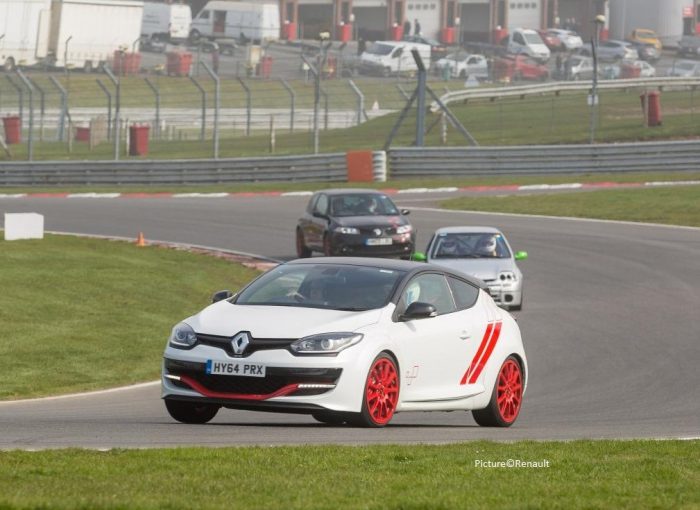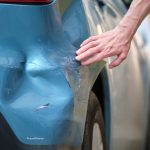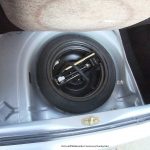Doing at least one trackday is a must for any car enthusiast. They’re an opportunity for ordinary drivers to channel their inner Lewis Hamilton on a race circuit.
Trackdays come in multiple shapes, sizes and costs. Some are on airfields, using circuits made up of the runways and taxiways. Others are on purpose-built race tracks. With some you pay to drive a few laps in a racing car or supercar. In others you take your own car along and see what it – and you – are made of. Here we look at the different types of trackday.
Taking your own car to a track
As the heading suggests, this is where you take your own car along. Most people drive to the circuit in the car they’re going to be taking to the track with. More hardcore trackday fans will take a specially prepared probably non-road legal car on a trailer. If you or your son/daughter are interested in taking your own car to a trackday, we run through what you should be aware of below.
Driving someone else’s car
These are usually known as trackday experiences. You turn up in your car, park it up and thereafter you use the organiser’s machinery. Usually you have some time with an instructor in a hot hatch such as a Ford Fiesta ST to learn the circuit and the lines round it. Then it’s your turn in the hero car (usually a Ferrari, McLaren, Lamborghini and Porsche). Finally, the instructor might take you out to show you what the car can really do. But be warned: experiences can be expensive and you’ll probably only get a handful of laps at the wheel of the supercar.
Different types of trackday
Some trackdays where you bring your own car run what is known as an ‘open pitlane’. This is where you can take to the track for as long as you want (although the number of cars on the track will be limited). The other sort runs ‘sessions’. On arrival you’ll probably be put into groups of a certain number of cars. Those groups will then alternate around half-hour sessions on the track.
Prepare your car properly
Before going on a trackday you need to make sure your car is fit for purpose. If it’s your everyday car, empty it of anything that rolls around. The last thing you want is to hit the brakes for the first time and have half a dozen empty Red Bull cans fired from under the front seat into the footwell.

Check it over
Before your car is allowed on the track, it will be given a onceover by the organisers. They will want to see that the lights and indicators are working and they will test how noisy its engine is too. If your car is too raucous you won’t be allowed to take to the track (it’ll infringe the organiser’s noise licence). If you’re in any doubt about its noise, ask a local garage to test it for you.
Check fluid levels and tyres too. If you’re giving your car a proper workout on the track, you will leave some rubber behind. If your tread is near the 1.6mm legal minimum level at the start, when you’ve finished on the circuit, the tyres may not be road legal for the drive home. Last but not least, fill it with fuel when you’re near the venue. Caning a car round a track can drink fuel at an alarming rate.
Get insurance, not a helmet
If you look at the exclusions in your regular insurance, track days will probably be among them. Make sure you’re covered before you take your car to the circuit. Unless you already own a helmet you won’t need to buy one. The organisers will probably provide them (check before you go). You certainly won’t need overalls but they may insist your arms are covered so a long-sleeve T-shirt may be in order.
Choose a location that isn’t too far away
Driving quickly round a circuit is tiring, both physically and mentally. Ideally, choose a location that isn’t too far away from home. You don’t want a three-hour drive home when you’ve spent three hours getting there and then all day driving round the track. Other than that, whichever kind trackday you choose, remember to enjoy yourself.

I’ve been writing about cars and motoring for more than 25 years. My career started on a long-departed classic car weekly magazine called AutoClassic. I’ve since pitched up at Autosport, Auto Express, the News of the World, Sunday Times and most recently the Daily Telegraph. When I’m not writing about cars and motoring, I’m probably doing some kind of sport or working in my garden.







